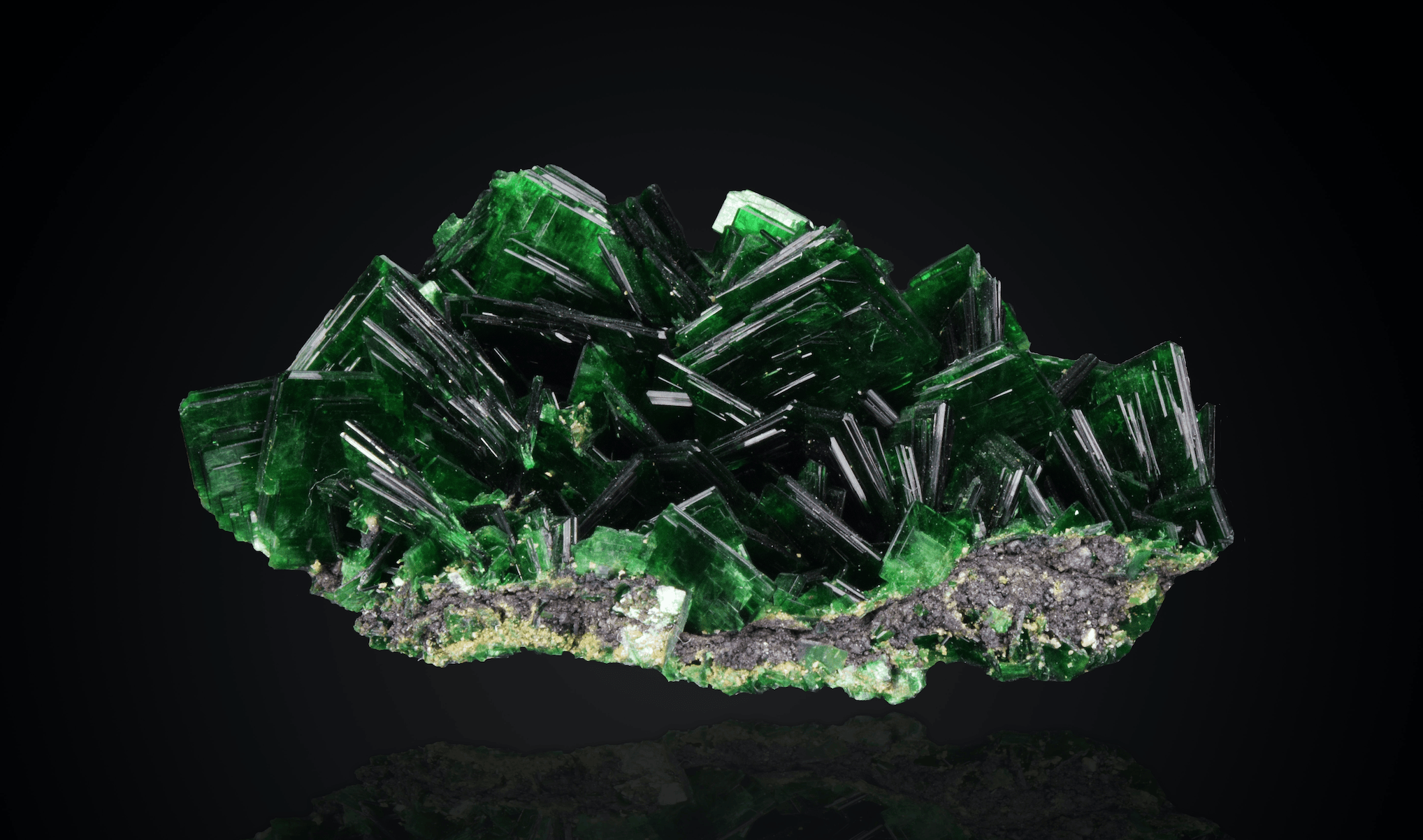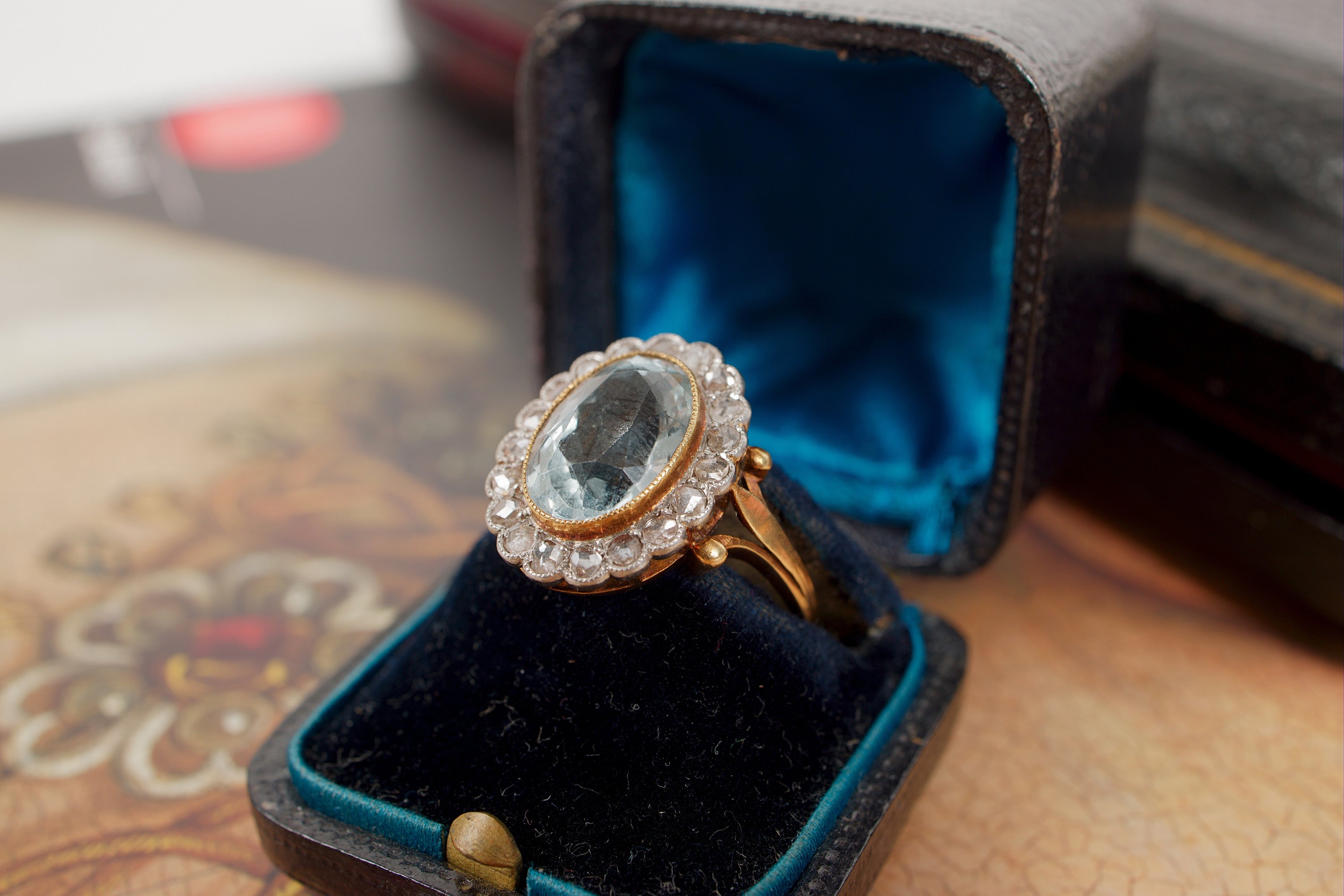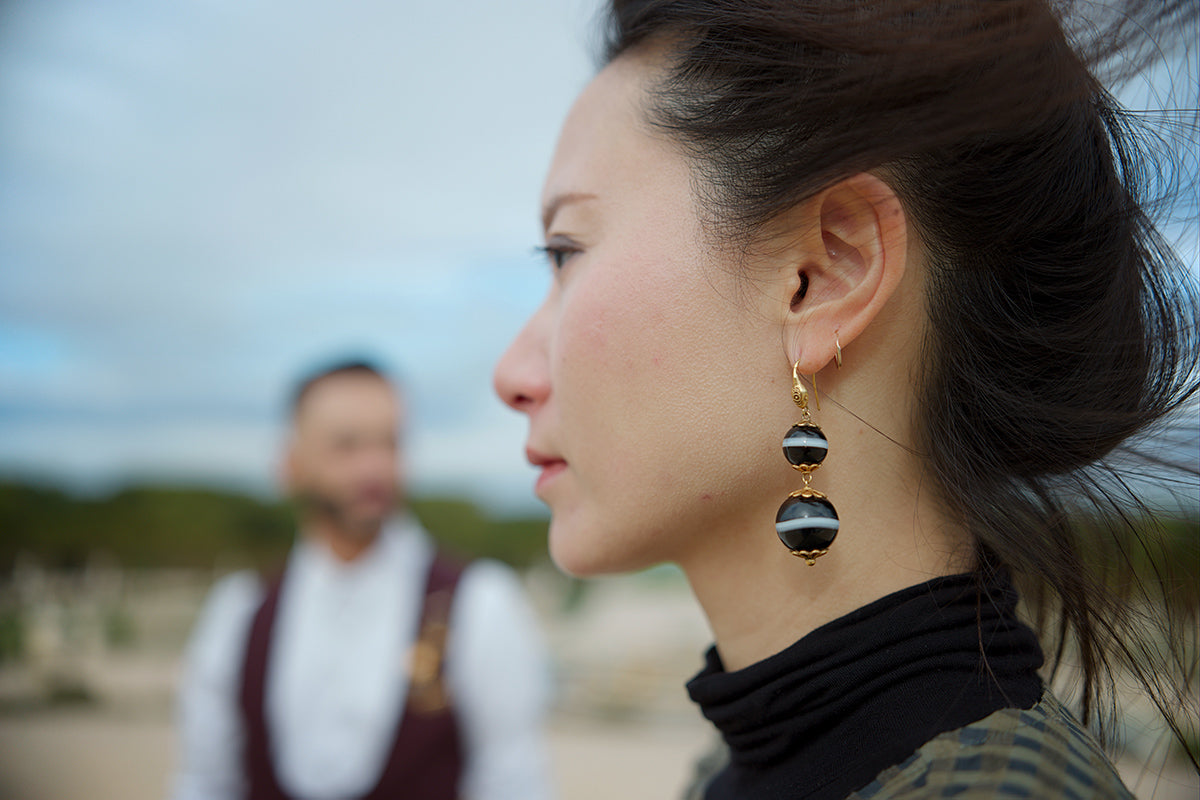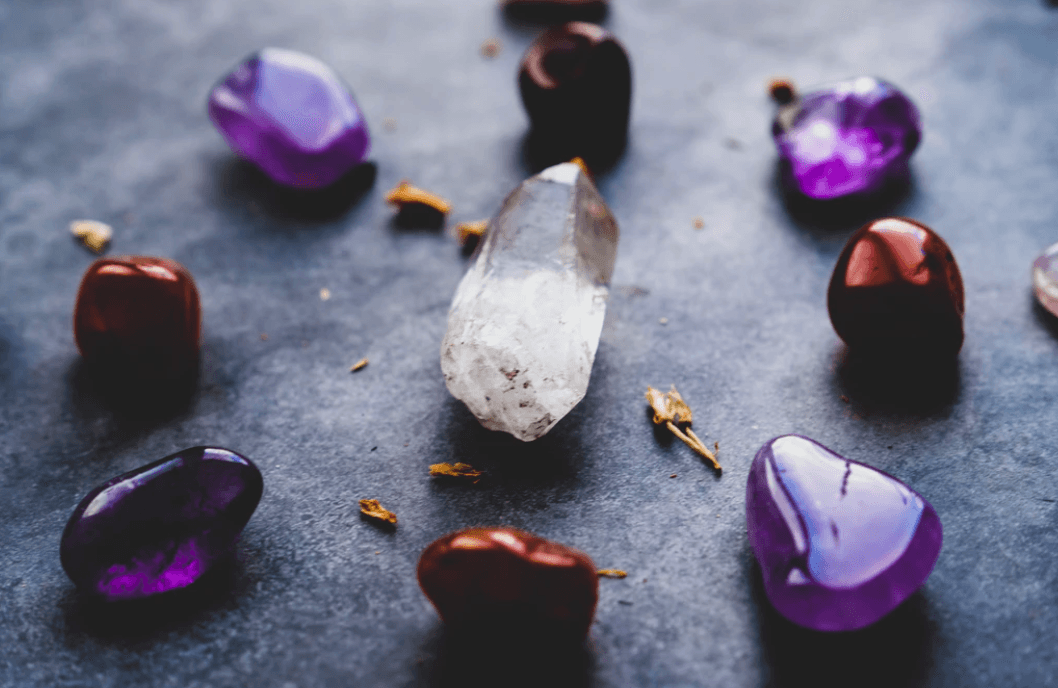
Found your dream piece of jewelry, what else you should know? (Part II)
3 simple tips on how to store and clean your jewelry
Part II a. – Durability (Toughness)
In our last article, we’ve introduced the notion of the Durability of the colored gemstones and explained how different levels of hardness may affect the quality of your jewelry.
Today, we will look at the other two elements of the durability. They are: Toughness and Stability.
Based on these, we will provide 3 tips on how to clean and handle your jewelry.
Toughness is the second component of durability. Tough stones resist chips, nicks, cracks, and breakage. Exceptional hardness doesn’t necessarily mean exceptional toughness. Topaz, a hard stone, breaks rather easily if it’s hit in the right place. Jadeite, although only 6.5 to 7 on the Mohs scale, is much tougher than topaz.
You may ask what is the difference between the hardness and the toughness of a gem? Let’s look at it in this way: A leather shoe, for example, is soft and scratches easily with just a fingernail, but it’s very tough, so it stands up to a lot of wear. On the other hand, expensive bone china teacups are very hard, but can shatter if you wash them too vigorously.
There’s no precise measurement for toughness. Instead, gemologists rate gemstone toughness as exceptional (jadeite, nephrite), excellent (chrysoberyl, corundum), good (quartz, spinel), fair (tourmaline, lapis lazuli), or poor (topaz, amber). As with hardness, the ratings are relative.
Below is the toughness ranking of the gemstones provided by the GIA:

Part II b. – Durability (Stability)
The third element of durability is stability, which measures how sensitive a gemstone is to light, heat, and chemicals. Stability determines care and cleaning methods, so a lack of information about stability can spoil the appearance or value of a stone.
Diamonds are very stable. Most colored stones are, too, but some have individual considerations that might include increased sensitivity to light, heat, or certain substances. In addition, many colored stones are treated in some way to improve color or apparent clarity and sometimes luster and overall durability. These treatments can introduce problems in an otherwise stable gemstone.
Light
Sunlight is actually a mild form of radiation, but you don’t notice its effects unless you’re outside too long and end up painfully sunburned. Most colored stones are immune to the effects of bright light, whether artificial or natural, but some popular gems will fade noticeably if exposed to light for extended periods.
Kunzite and amethyst are two stones that can fade. Brown topaz can fade over time, as can pink conch-shell cameos.
Tip N.1: Naturally, you shouldn’t expose any gemstone that might fade or darken directly to a lot of daylight. You should keep them away from bright halogen lights, too. These lights can be dangerous for another reason: heat.
Heat
Although it’s unlikely that you’d ever accidentally cook your jewelry in your spaghetti sauce, heat from a more likely source—a jeweler’s torch— can change a gem’s color. Colored stones that can respond to high heat by changing color include aquamarine, topaz, jadeite, lapis, amethyst, tourmaline, turquoise, and zircon.
Thermal shock is damage caused by a rapid change in temperature. It can affect tanzanite, peridot, opal, and some other colored stones. It’s most likely to occur during a jewelry repair.
Organic gems like pearls, shell, coral, ivory, and amber are very easily heat-damaged. They discolor and crack at relatively low temperatures. Inorganic gems with a low tolerance for heat include opal, lapis lazuli, and turquoise.
Chemicals
Lotions, perfumes, cosmetics, hair spray, and cleaning products—especially ammonia—can easily damage soft organic gems.
Tip N.2: it’s always a good idea to remove jewelry when using cleansers or solvents. Chlorine can attack gold alloys, and acids can sometimes etch gemstones. Take off fine jewelry before taking a swim. Chlorinated swimming pool water attacks gold jewelry, and can damage some colored stones, including pearls and other organics.
Safe and Gentle Cleaning
Tip N.3: With colored stones, gentle handling is always best. Some safe cleaning methods include:
- Warm water, mild, detergent-free soap, and a soft tooth brush
- Pulsed water dental cleaning appliance
- Lint-free gem cloth
Before cleaning any jewelry, make sure you cover the sink’s drain. This will save any gemstones that come loose while cleaning. A rubber mat in the sink can stop stones from chipping if they drop.
So that's for today's article. I hope some of the tips are useful!
Leave me a comment if you have any questions or let me know if there are any other topics you want to hear about! :)





Leave a comment
This site is protected by hCaptcha and the hCaptcha Privacy Policy and Terms of Service apply.